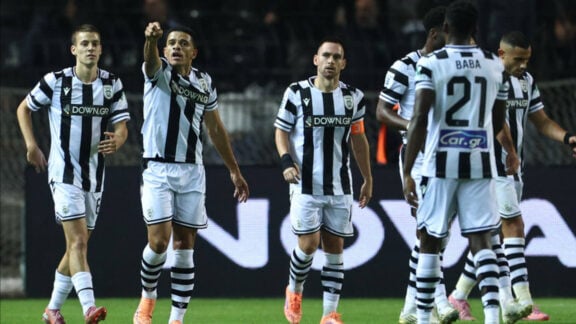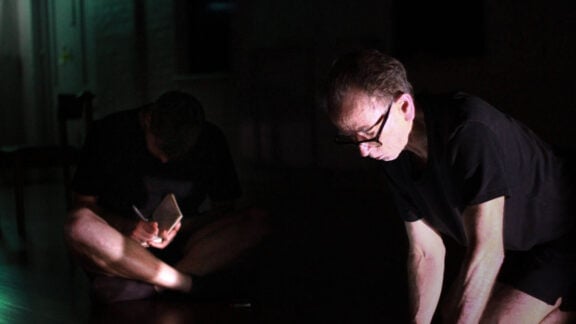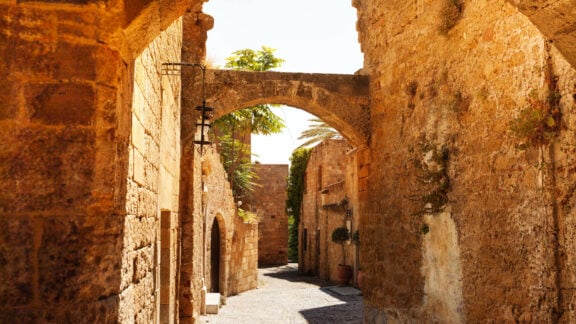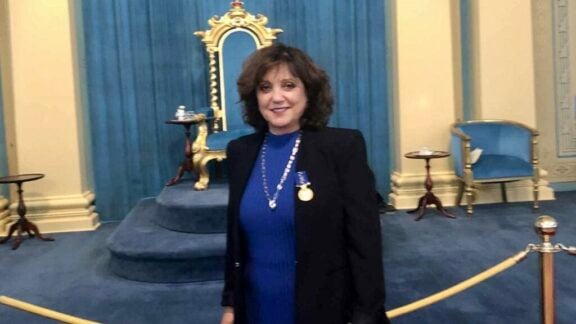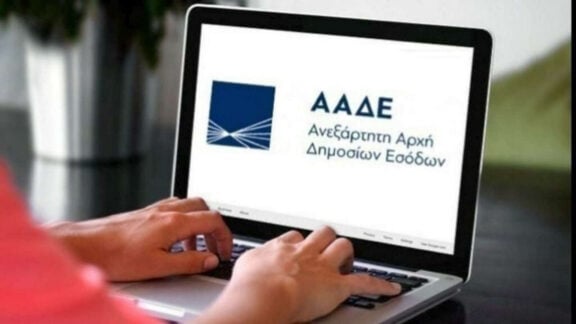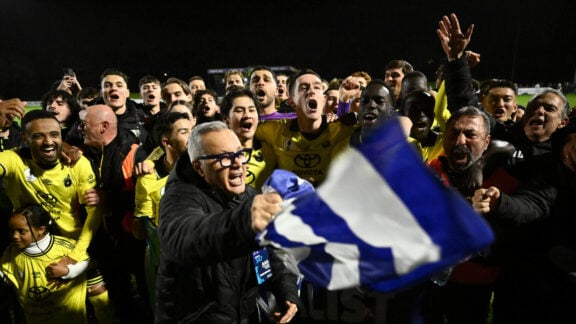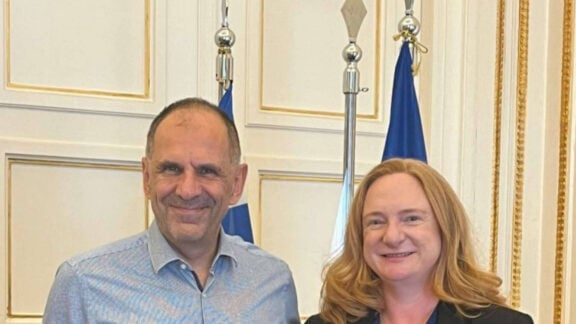Pope Francis is to return to Greece three fragments of Athens’ Parthenon temple, in what the Vatican called Friday a gesture of friendship.
The fragments from the Parthenon on the Acropolis, a UNESCO World Heritage Site, have been held for centuries in the papal collection and Vatican Museums.
Francis has decided “to donate” them to the Orthodox Archbishop of Athens, “as a concrete sign” of his desire to nurture interreligious relations, the Vatican said.
No date was given for the return of the fragments.
Greece’s cultural ministry welcomed the restitution, saying in a statement that it appreciated the pope’s “spiritual and fraternal gesture towards the Greek Orthodox Church”.
The Parthenon is one of the most famous ancient monuments in the world.
The temple was originally dedicated to the goddess Athena, before being transformed into a church and then a mosque.
The marble fragments include the head of a horse, one of the four horses drawing Athena’s mythical chariot, according to the Vatican Museums website.
It comes from the west front of the building, on which Athena and Poseidon – the god of the sea – were shown competing for dominion over Attica.
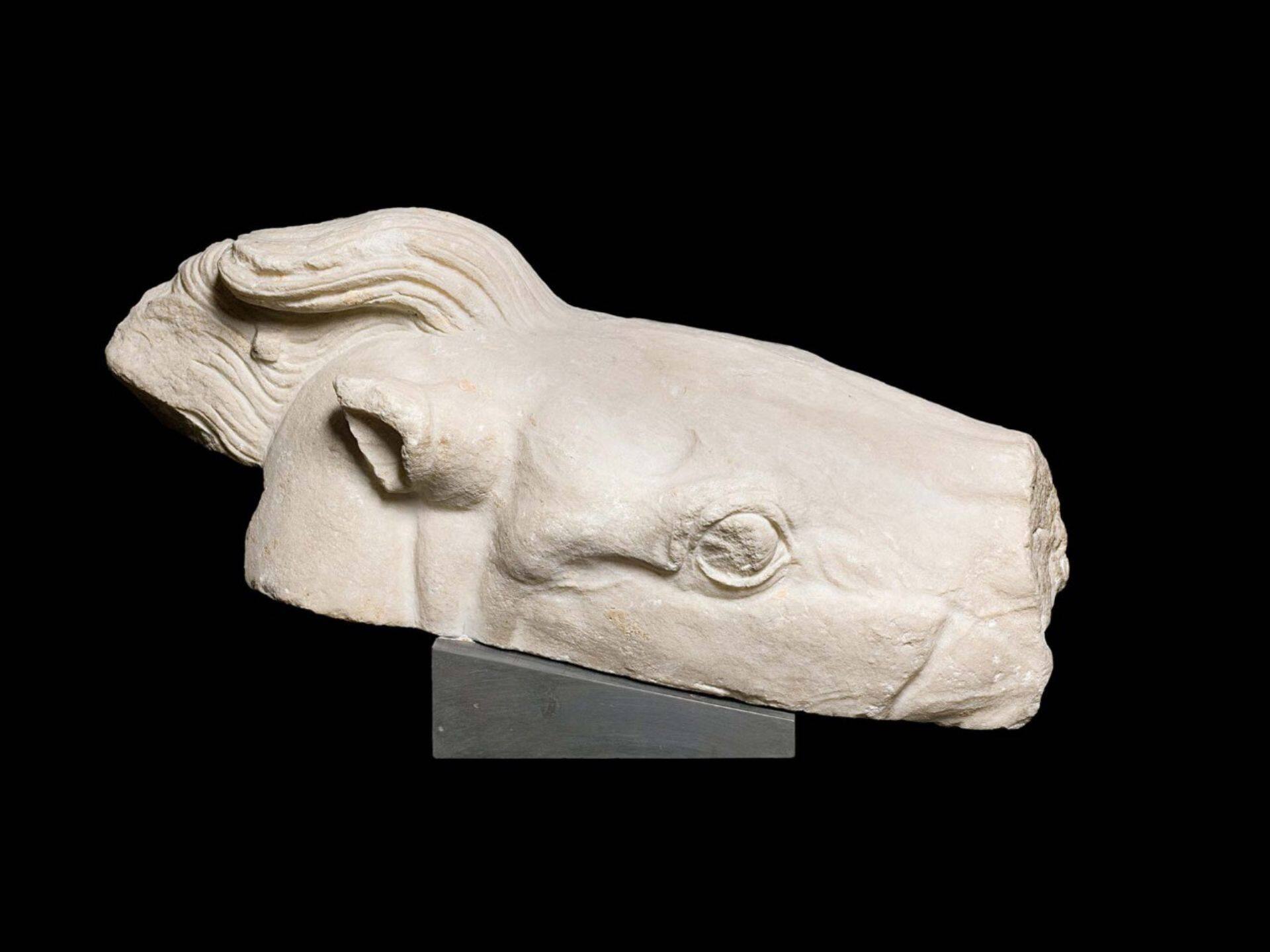
The second is the head of a young boy, believed to be depicted carrying a tray of voting cakes, which were offered during a procession to commemorate the founding of Athens.

The last is a bearded male head from an area of the building featuring a battle between the Lapiths, a mythical group of people, and Centaurs – creatures part horse, part man.

The Parthenon has not been a place of worship since it was partially destroyed during an attack by the Venetians in 1687, then looted.
Its fragments were scattered throughout the main museums of the world.
Since the beginning of the 20th century, Greece has been trying to recover them.
In 2008, the Vatican returned a fragment from the North frieze of the Parthenon, which it had been given in the early 19th century.
But others are less willing to set what some see as a dangerous precedent on returns.
The UK government warned the British Museum in London this month against a possible plan to hand back key pieces, saying it was legally forbidden to break up its vast collection.
Source: AFP


